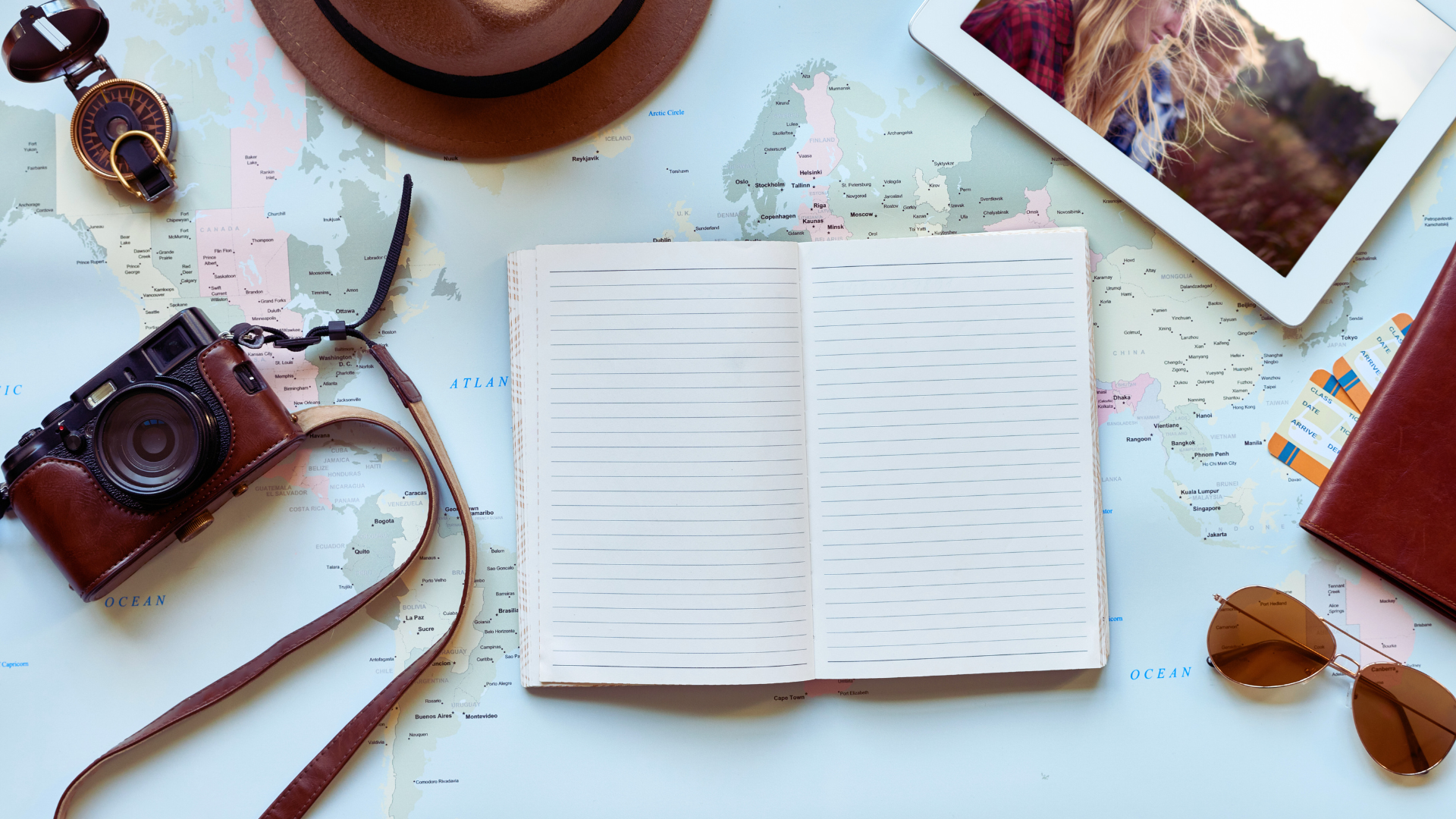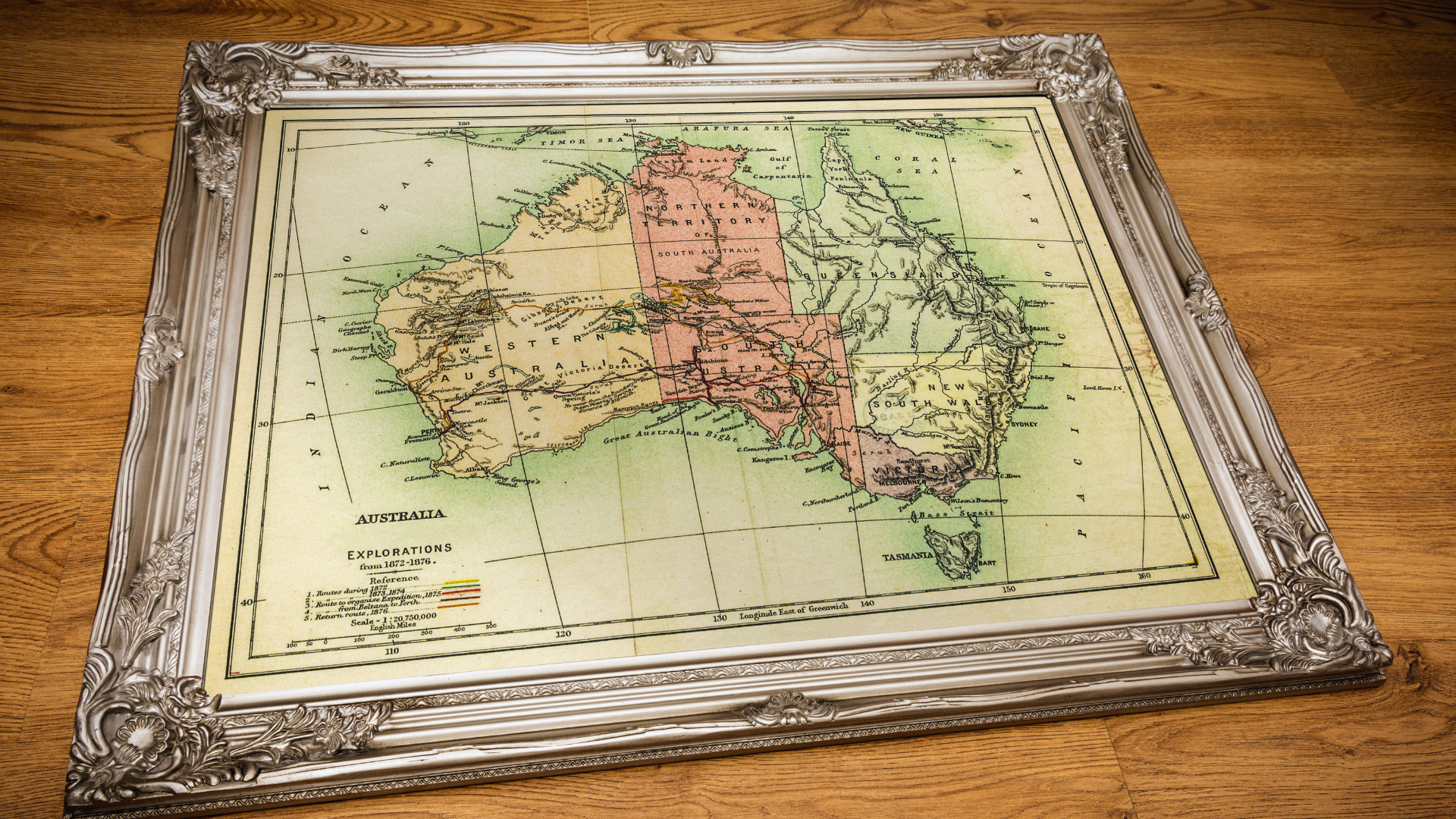Travel journaling offers an enriching experience for history enthusiasts by allowing them to document their observations and reflections during visits to historical sites. This practice not only deepens their understanding of the context and significance of these locations but also helps preserve personal narratives that intertwine with larger historical narratives. Engaging with history becomes more personal and meaningful when one takes the time to record thoughts and feelings in real time.
Through travel journaling, enthusiasts can capture the essence of historical landmarks, museums, and cultural experiences while connecting these moments to their broader historical interests. They are encouraged to explore not just what they see, but also the stories behind the places, thereby enhancing their connection to the past. This creative outlet fosters a unique dialogue between past and present, enriching the travel experience.
Additionally, a well-kept travel journal can serve as a valuable resource for future reflections or for sharing experiences with others. It becomes a way to relive the journey, revisit thoughts, and inspire future travels. History enthusiasts who embrace travel journaling can find their experiences transformed into insightful narratives that blend personal exploration with a deeper appreciation of history.
Why History Enthusiasts Should Keep a Travel Journal
Travel journaling offers rich benefits for those passionate about history. By documenting their journeys, enthusiasts can capture memories, insights, and reflections that deepen their understanding of diverse cultures and historical contexts.
Capturing Authentic Travel Memories
A travel journal serves as a personal keepsake that captures the essence of each journey. It allows history enthusiasts to document specific places visited, events attended, and interactions experienced. This detailed recording provides a tangible connection to past travels.
Including dates, locations, and historical contexts can enhance these memories. Handwritten notes can hold emotional significance, making the experience more vivid long after the journey ends. Photos, sketches, or clippings can complement written entries, enriching the narrative.
Preserving Cultural Insights
Travel journals can be invaluable for recording cultural insights encountered during travels. Descriptions of local architecture, customs, and traditions shed light on historical influences shaping a region.
Observations about festivals, local cuisine, or everyday life offer perspectives that enhance knowledge. Enthusiasts can also note differences and similarities between their culture and others, leading to a broader understanding of human experiences.
Such insights not only enrich personal knowledge but can also inspire others. Sharing these observations in future writings or discussions can promote engagement with history among peers.
Deepening Personal Reflections
Journaling encourages personal reflection on experiences related to history. As they write, enthusiasts may consider how historical events shape current society. This introspective process can foster a deeper connection to the places visited and the stories encountered.
By examining their emotions and thoughts during travels, they can gain perspective on their understanding of history. Reflective prompts within the journal may lead to meaningful revelations about personal beliefs and interests.
Through this process, individuals can create a richer narrative about their identity within the broader tapestry of historical exploration.
Essential Elements of Travel Journaling for Historical Journeys
Effective travel journaling enhances the experience of historical journeys by capturing key details and personal insights. Emphasizing daily activities, sensory experiences, and self-reflection adds depth to the travel narrative.
Incorporating Observations of Daily Activities
Recording daily activities brings structure to a travel journal. Each entry can begin with a brief outline of the day’s itinerary, noting specific sites visited.
Travelers should pay attention to the interactions with locals, guided tours, or spontaneous adventures. Notable encounters may include conversations about historical events or the significance of specific locations. This creates a richer context for future reflections.
Incorporating such observations provides clarity about how daily experiences shape the overall journey.
Using Sensory Details to Enrich Storytelling
Sensory details play a crucial role in storytelling, making experiences vivid. Descriptive language engages the reader’s senses, bringing historical sites to life.
For instance, detailing the scent of ancient ruins or the sounds of a bustling market enriches the narrative. Consider using phrases like “The aroma of spices wafted through the air” or “The echoes of footsteps reverberated off the stone walls.”
These elements help create a more immersive experience, enabling a deeper connection with the historical context.
Self-Reflection and Personal Growth Through Journeys
Self-reflection encourages travelers to evaluate their thoughts and feelings during their journeys. Journaling provides a space for individuals to explore their responses to historical sites and events.
Questions such as “What did this site mean to me?” or “How has my understanding of history changed?” can prompt meaningful insights.
This reflective practice allows individuals to document their personal growth, highlighting significant transformations resulting from their travels.
Recording Day-to-Day Highlights and Travel Moments
Recording day-to-day highlights serves to encapsulate the essence of the journey. Travelers can curate a list of top experiences, memorable interactions, or newfound knowledge acquired throughout the trip.
Using bullet points for these highlights can provide a quick reference for later reflection. For instance:
- Visiting an archaeological site and discovering hidden artifacts
- Engaging with a guide who shared personal stories of the area
- Attending a local festival that showcased historical traditions
These moments not only summarize the journey but also enhance the overall travel narrative, encouraging continued exploration and learning.
Types of Travel Journals and Creative Approaches
Travel journaling offers various methods and styles that cater to enthusiasts with different preferences. From traditional diaries to modern digital solutions, each approach facilitates unique ways to document experiences. Below are several types of travel journals and creative techniques that can enhance the process.
Traditional Travel Diaries and Scrapbooks
Traditional travel diaries and scrapbooks provide a tactile way to document journeys. These journals often feature hand-written entries alongside photos, tickets, and other memorabilia. A popular choice is Moleskine notebooks, known for their durability and style.
Travelers can create layouts inspired by their experiences, using decorative elements to personalize their scrapbooks. Incorporating maps, sketches, and captions can add depth to entries. This hands-on approach encourages self-expression and helps cultivate a deeper connection with places visited.
Several travelers opt for a page-a-day format, recording daily thoughts and observations. This structure can help maintain organization and ensure no details are overlooked.
Bullet Journaling and Creative Outlets
Bullet journaling serves as an innovative approach to travel journaling. It combines elements of planning and creative expression. Travelers can customize their journals with themes, symbols, and layouts that reflect individual experiences.
Key features of bullet journaling include daily logs, collections, and habit trackers. Each page can serve a specific purpose, such as listing travel goals, documenting itineraries, or reflecting on experiences.
The flexible nature of bullet journaling allows users to adapt their journals to changing needs. They can incorporate doodles, color-coding, and varied typography, turning the process into a creative outlet rather than just documentation.
Digital Journals and Cloud Storage Solutions
Digital journals offer a modern twist on traditional travel notes. They enable users to document their journeys through typing, photos, and video. Various travel journal apps enhance this experience by providing templates and reminders.
Cloud storage solutions ensure that entries are easily accessible and securely backed up. This safeguards memories against loss or damage and allows for seamless syncing across devices. Apps like Day One enable users to record entries, add tags, and even geotag photos for easy reference later.
The search functions available in digital formats make it simple to locate specific memories or information. Such features are particularly beneficial for history enthusiasts who enjoy exploring past travels.
Using Prompts and Apps for Organization
Incorporating prompts can help overcome writer’s block while journaling. Various apps provide tailored travel journal prompts to spark creativity and encourage detailed documentation. These prompts can explore personal reflections, cultural observations, or historical context related to visited sites.
Additionally, apps offer organization features such as category tagging, which simplifies sorting entries by themes or locations. This results in a more structured approach to journaling while still allowing for unique storytelling.
Users can utilize checklists and goal-setting features within these apps to maintain focus on their travel objectives. This organized structure can enhance the journaling experience, making it easier to engage with the content later.
Practical Tips for Successful Travel Journaling
Effective travel journaling helps enhance the experience for history enthusiasts. By carefully recording thoughts, accommodations, and local experiences, travelers can create valuable keepsakes that enrich their understanding of different cultures and histories.
Staying Consistent With Your Travel Notes
Developing a routine for journaling is crucial. Setting aside dedicated time each day, perhaps in the morning or evening, allows for reflection on experiences.
Travelers can use prompts to guide their writing. For example:
- What did I learn today?
- How did the historical context of this place affect my visit?
- What emotions did I feel while exploring?
Utilizing bullet points can help list key events or observations quickly.
By prioritizing daily notes, they ensure their memories remain fresh, which aids in capturing details often forgotten later.
Capturing Accommodations and Local Experiences
When documenting accommodations, it’s essential to include details that might evoke nostalgia later. Travelers should note the name, location, and unique features. They might consider aspects such as:
- Historical significance of the building
- Architectural style
- Personal interactions with staff
Additionally, local experiences should be recorded with attention to cultural insights. This might involve:
- Describing traditional meals enjoyed
- Noting local customs observed
- Documenting spontaneous conversations with residents
Such descriptions provide context for the travel experience and can bolster engagement with the local history.
Organizing and Safeguarding Your Keepsake
Maintaining organization in a travel journal enhances its usability. Using a planner or binder can be effective. Travelers might categorize entries by location or theme.
Additionally, safeguarding these keepsakes is essential. Here are some methods:
- Digital backups: Scanning pages or taking photos prevents loss.
- Loose materials: Use an envelope or pocket for tickets, postcards, and brochures.
- Consistent format: Creating a uniform layout for entries aids in quick referencing.
By implementing these strategies, travelers ensure their journals remain not only informative but also a secure representation of their journeys.





